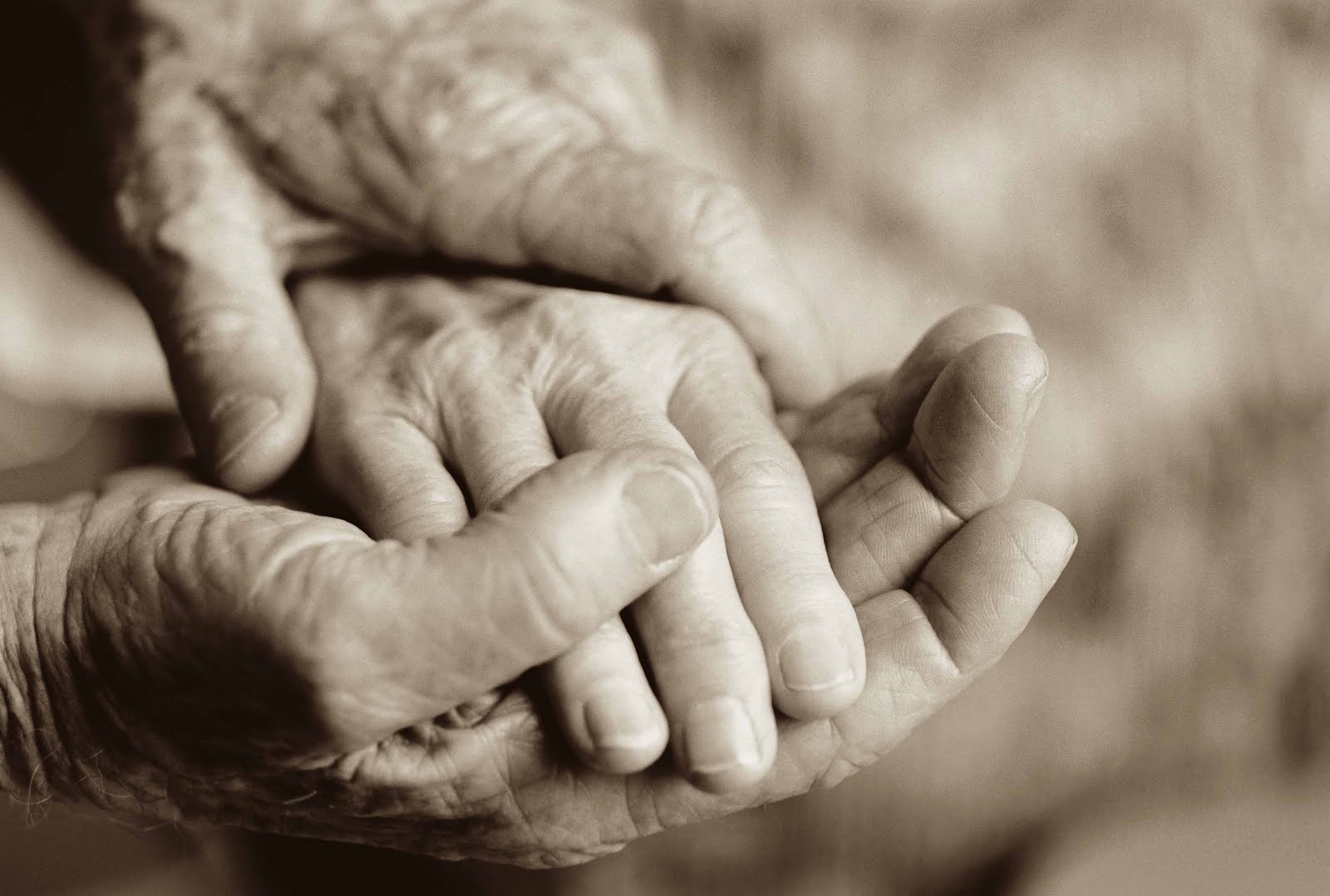Alcohol in Cooking
بِسۡمِ ٱللهِ ٱلرَّحۡمَـٰنِ ٱلرَّحِيمِ
Wine and other types of
alcohol are added to different dishes as flavour enhancers. Most people believe that the alcoholic content
of food cooks off before the dish is finished. In most cases, it is false. A typical dish made with alcohol and then
simmered for half an hour will still retain about 35% of its alcoholic content.
A dish cooked using the flambé method
can retain up to 80% of its alcoholic content.
According to studies done
by the US Department of Agriculture, the University of Idaho, and Washington
State University, a high percentage of alcohol can remain in a dish after
cooking. There are a number of
variables, such as how strong a beverage used to flavour the food, how long it
is cooked for, and even the type of pan used. While there are some dishes that are prepared
with a low percentage of alcohol and are cooked long enough to remove almost
all the alcohol that is added, that is very unlikely.
Baking is consistently
one of the worst ways to remove alcoholic content from a finished product. A dish that has alcohol then baked for half an
hour will still retain about 35% of its alcoholic content. Doubling the baking time will reduce that to
about 25% of its alcohol. Not stirring
the alcohol into the raw mixture and then cooking it for a standard 25 minutes will
result in a dish that still has about 45% of the alcohol left.
Alcohol boils at a lower
temperature than water does. In theory,
the alcohol will burn out of a dish before water does. But when water and alcohol are combined, the
boiling point is somewhere in between the boiling point of the alcohol and the
water. As the dish simmers, the
alcohol-to-water ratio changes, and so does the boiling point of the mixture. As alcohol burns off, the boiling point
increases. Also, there is the variable concerning the amount of
fat in a dish. The more fat there is,
the more alcohol will be retained.
Using the flambé method
of searing a dish very hot after adding alcohol will result in up to 80% of the
alcohol left behind when the flame applied is hot and fast. Using a wide pan and simmering the dish for a
long period of time is the best way to remove alcohol content. But even simmering something for two hours can
leave behind about 10 percent of the alcohol. Even a beer needs to be boiled
for half an hour to lower its alcohol content to the point where it is legally
non-alcoholic, and even after 30 minutes, it can still have trace amounts of
alcohol.
Fortunately, there are
substitutes to replace alcohol in many recipes that call for it. For example, pomegranate syrup is an adequate
substitute for grenadine, espresso for Kahlua, and pineapple juice for of
sherry. Red wine may be substituted with
cranberry or grape juice, and white wine for white grape juice. There is actually no need for alcoholic
beverages in cooking.
Strictly from an Islamic
perspective, the use of alcohol is proscribed.
It is haram due to the intent
required to produce an intoxicant. All
the madzahib except the Hanafi,
consider the alcoholic beverages a form of najasah,
impurity. The Hanafi madzhab is explicit that wine is najasah, and any drink produced with the
intent to inebriate is such as well.
There are fine differences here that will not be covered in this
article.
In conclusion, we cannot
justify the use of alcohol in cooking.
And the argument that the alcohol is evaporated due to the heat of
cooking is false.




Comments
Post a Comment
Thank you for taking the time to share our thoughts. Once approved, your comments will be posted.